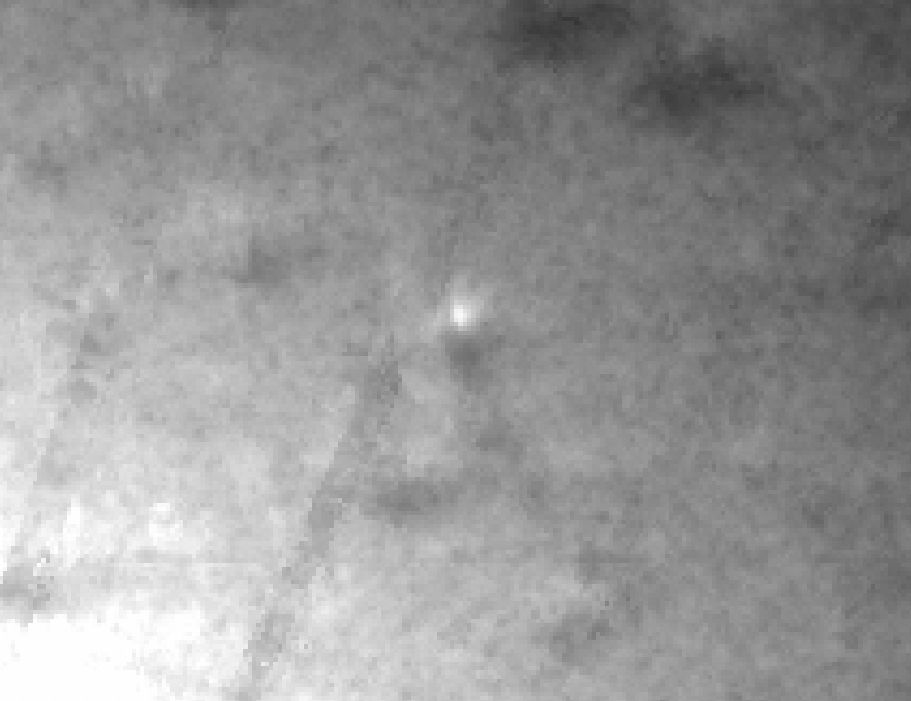Astronomers have just observed something remarkable with the interstellar object 3I/ATLAS. At its closest point to the Sun, known as perihelion, 3I/ATLAS exhibited the first evidence of non-gravitational acceleration. This means that forces other than gravity—possibly outgassing or other mechanisms—are influencing its movement as it travels through our solar system.

Why Is This Discovery Important?
Scientists track interstellar objects like 3I/ATLAS to understand their origins and compositions. Detecting non-gravitational acceleration is significant because it hints at physical processes—such as the release of gas or dust—that aren’t explained by gravity alone. These findings can shed light on the nature of material in other star systems and improve our knowledge of how such objects behave as they journey past the Sun.
What Comes Next?
This new observation opens the door for further study. Researchers will continue to analyze the data to determine what caused the acceleration and what it reveals about the object’s structure. Stay tuned as astronomers unlock more secrets about this fascinating visitor from beyond our solar system.
Sources:
Original Article